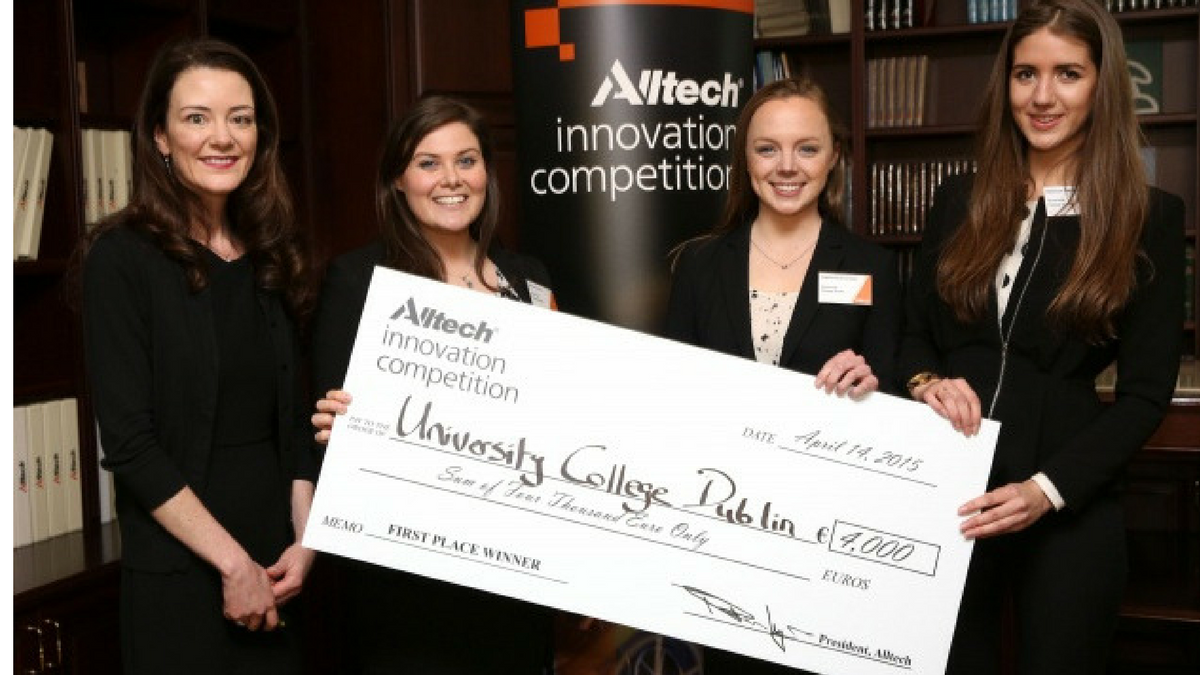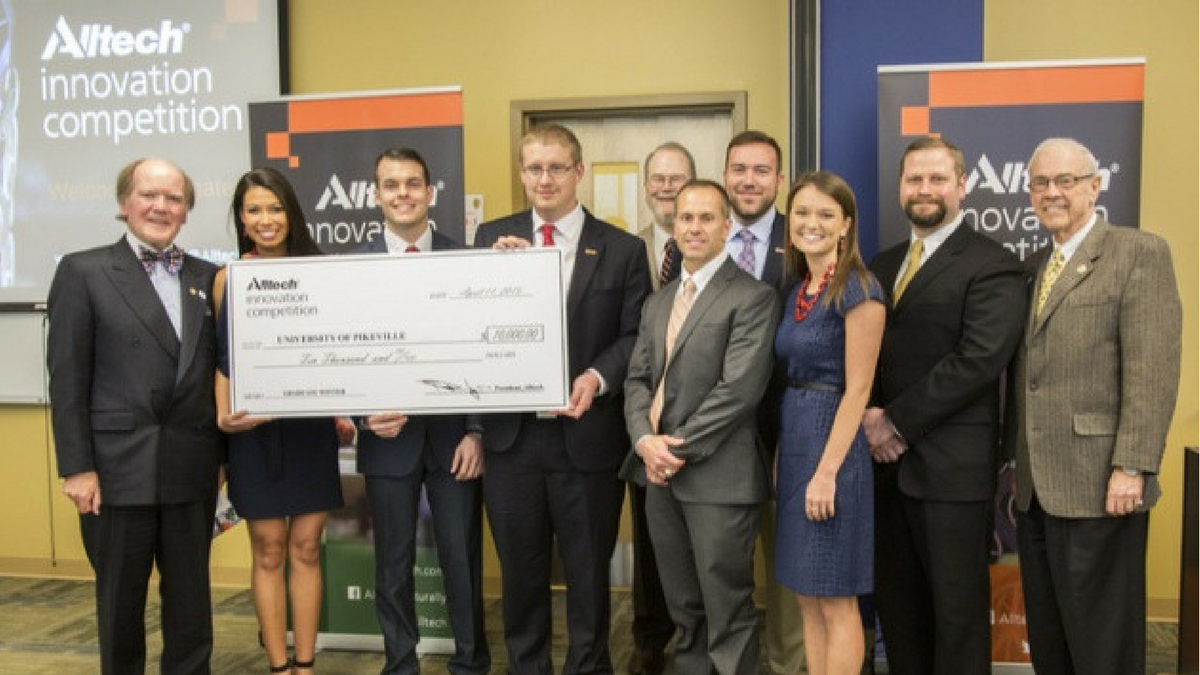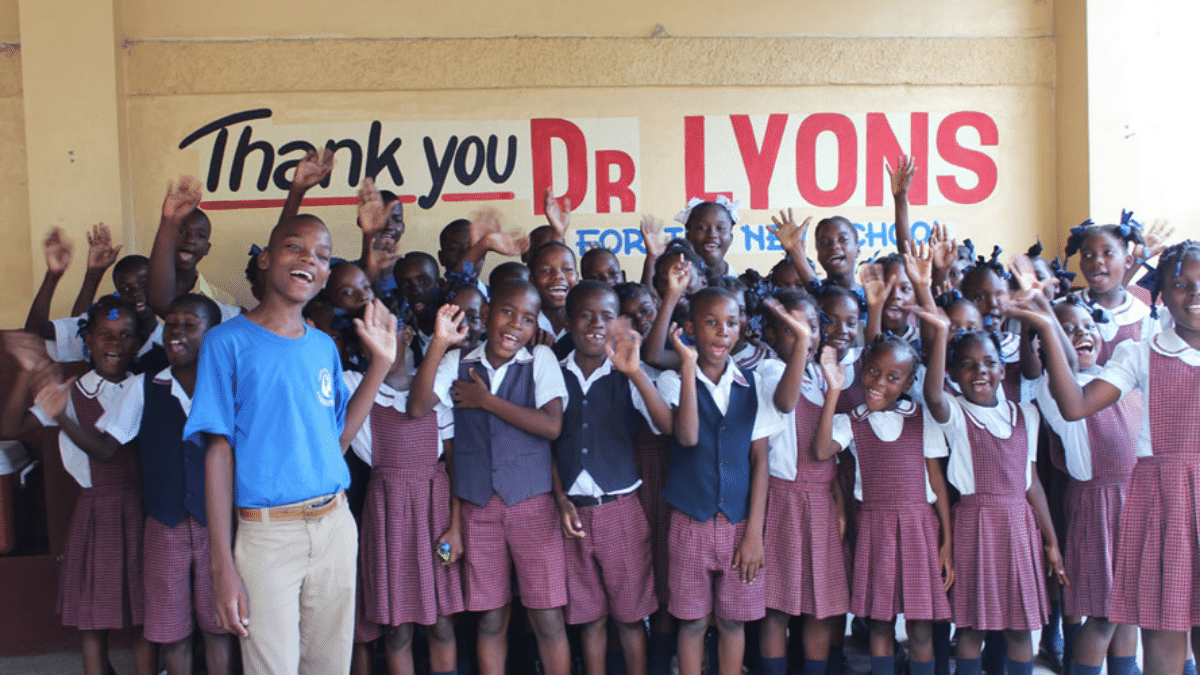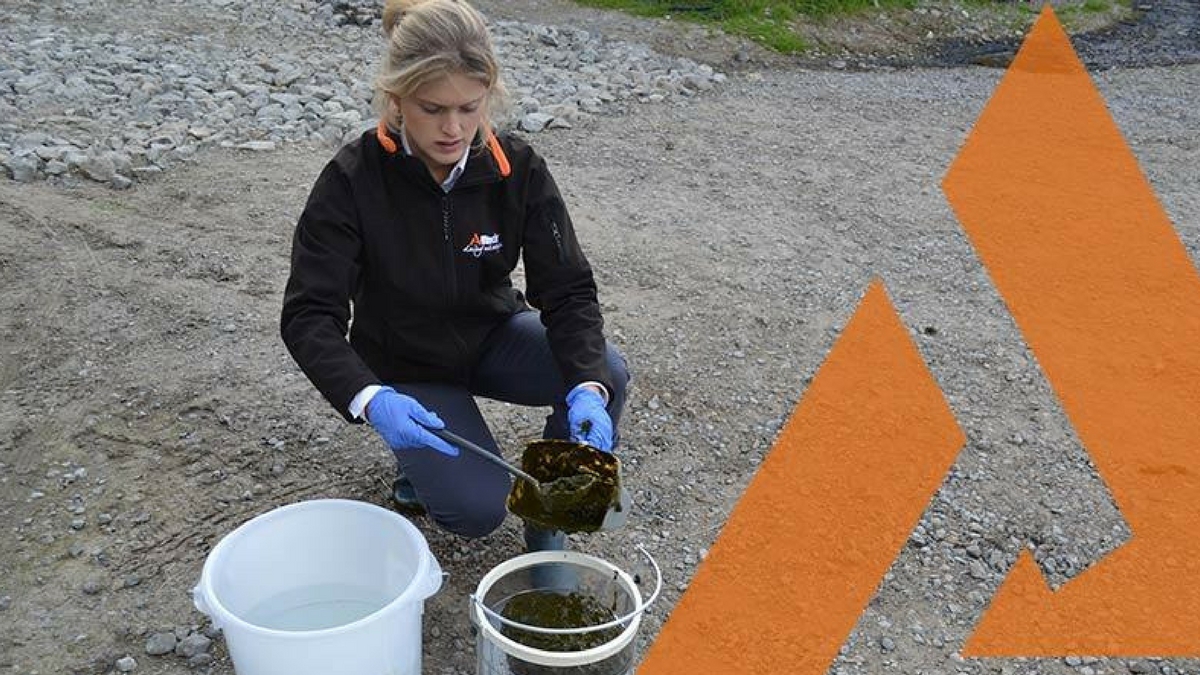Alltech Research Internship Program
More and more college students are realizing the value of work experience in their chosen field before graduation. In fact, the number of undergraduates participating in internships or co-op experiences during college has risen to a high of 65 percent, according to the National Association of Colleges and Employers Class of 2015 Student Survey. It also found that students who participate in paid internships have a greater chance of graduating with a job offer.
What better way to experience a future career than by interning with a potential employer?
More than 170 students have gained invaluable experience as interns at Alltech’s Center for Nutrigenomics and Applied Animal Nutrition since the world-renowned research facility opened in 2008. All these student researchers have completed projects impacting the company’s research program aimed at creating solutions for the global agriculture industry.
From traditional nutrition evaluation trials to evaluation and optimization of production processes, these students (the majority of them undergraduates) not only learn valuable information but also gain hands-on experience and training. Many have set themselves on paths to graduate school. Others have even found their career path with Alltech.
“The experience has opened a lot of doors to opportunities I had not imagined,” said Hayley Kincaid, a recent biology graduate of the University of Pikeville in Kentucky.
Kincaid joined the internship program right after graduation so she could begin gaining research laboratory experience. “I never expected to be here,” she said, “but I love working in the lab.” Kincaid is working with the poultry nutrition group during her time at Alltech.
“I didn’t know that companies like Alltech existed,” said Kincaid, who learned about Alltech and the internship program when a company representative visited her school. She is excited about future opportunities with companies like Alltech in Eastern Kentucky.
The only problem she has with her three- to four month-internship at Alltech is she would like it to be longer. “I just like it so much; I want to stay!” she said.
For many, an internship with Alltech is the type of experience needed before making a decision to pursue an advanced degree in a scientific field.
Megan Dudley, a psychology major at the University of Kentucky with an interest in neuroscience and genetics research, plans to eventually pursue a Ph.D. in the field. A professor mentioned a potential internship at Alltech could be advantageous.
“The experience in methodology will be invaluable when applying to grad school,” Dudley said.
The experience in the laboratory has not been the only benefit. “I think my confidence level has increased dramatically from being here,” Dudley said, explaining that she takes responsibility for her research project in a new way, which will be necessary for graduate school.
For others, an internship experience with Alltech is a determining factor in a career not just in research, but with the company.
Amanda Sberna is the senior lab technician and marketing specialist for the Analytical Services Laboratory at Alltech. She interned with Alltech before graduation.
“Through my internship I gained knowledge and skills that would help me to become the scientist I am today,” she said. “Alltech is an incredible company to work for, offering many different opportunities with your career.”
For more information about Alltech’s student research internship program, or to apply, please visit http://www.alltech.com/about/careers/internships.
- Read more about Alltech Research Internship Program
- Log in to post comments
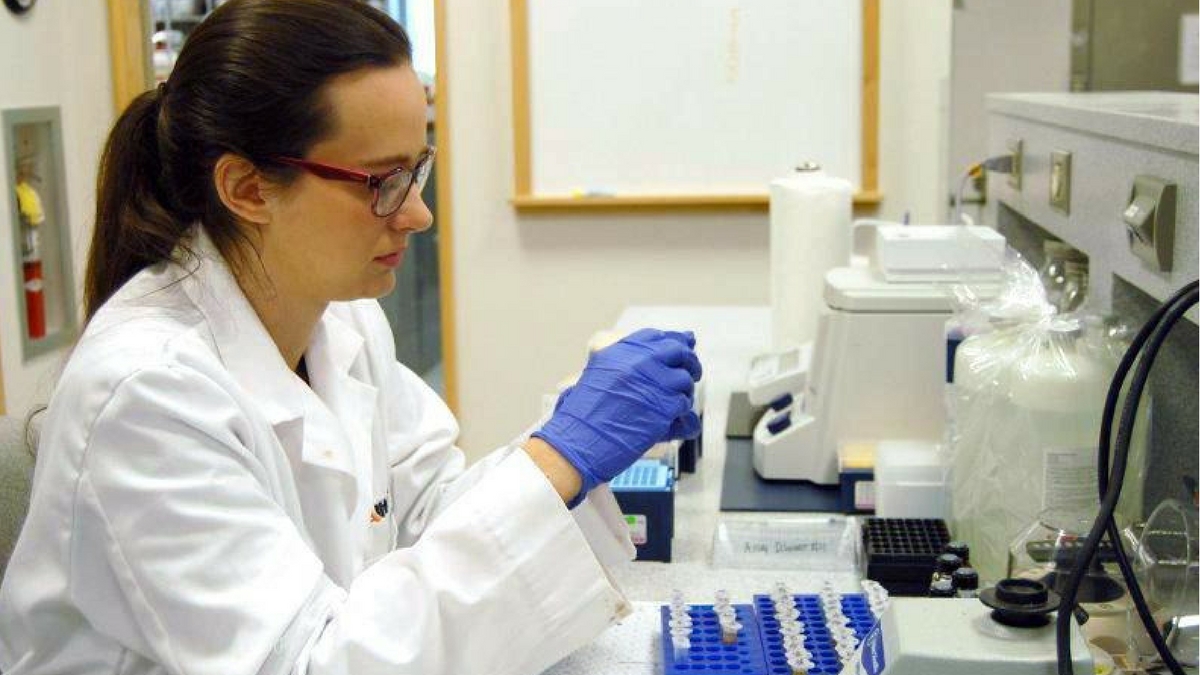
<p></p>















